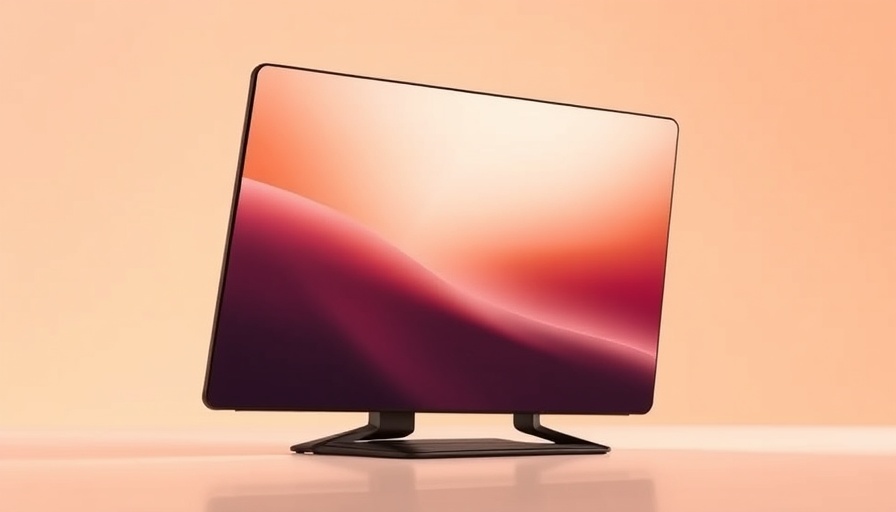
The Rise of Console Modding: A Game Changer for Players
In recent years, the landscape of gaming has started to shift as modding becomes more prevalent on consoles. While this movement is still in its infancy compared to the extensive modding capabilities on PC, the inclusion of mod support in popular titles, such as The Witcher 3, showcases a growing trend that promises a more personalized gaming experience for players and potentially transformative opportunities for businesses.
Understanding the Challenges of Modding on Consoles
Unlike PCs, which often provide open access to their file systems, consoles operate on a closed platform model. This means that players can't easily access game files and codes necessary for modding without a process called jailbreaking—a workaround that often voids warranties and may breach user agreements. Such barriers highlight a significant challenge for both gamers and businesses looking to leverage modding as a tool for engagement and community building.
The Business Implications of Mod Support
For business owners in the gaming sector, understanding why modding isn't standard can offer insights into customer engagement strategies. By encouraging modding, game developers could create vibrant communities around their games, fostering deeper player investment and potentially leading to increased sales through DLCs and other expansions. As mod support grows more common, businesses must adapt to this evolving landscape to maximize their opportunities.
Looking Ahead: The Future of Modding on Consoles
The trend toward more mod support on consoles signals potential changes in how games are developed and marketed. As more players express interest in modifying their experiences, developers may be incentivized to introduce official modding tools or increase collaboration with modding communities. This evolution promises to enhance player engagement and satisfaction while also presenting unique business opportunities.
By staying informed about these trends, business owners can better prepare to embrace the changes within the gaming industry. Understanding the balance between protecting proprietary technology and fostering user creativity will be crucial in leveraging modding as a tool for community engagement.
In conclusion, as the potential for console modding grows, so too does the opportunity for businesses to engage their audiences in meaningful ways. The push toward more flexible gaming experiences not only benefits players but also creates unique avenues for developers to explore collaboration, community, and ongoing revenue streams.
 Add Row
Add Row  Add
Add 










Write A Comment